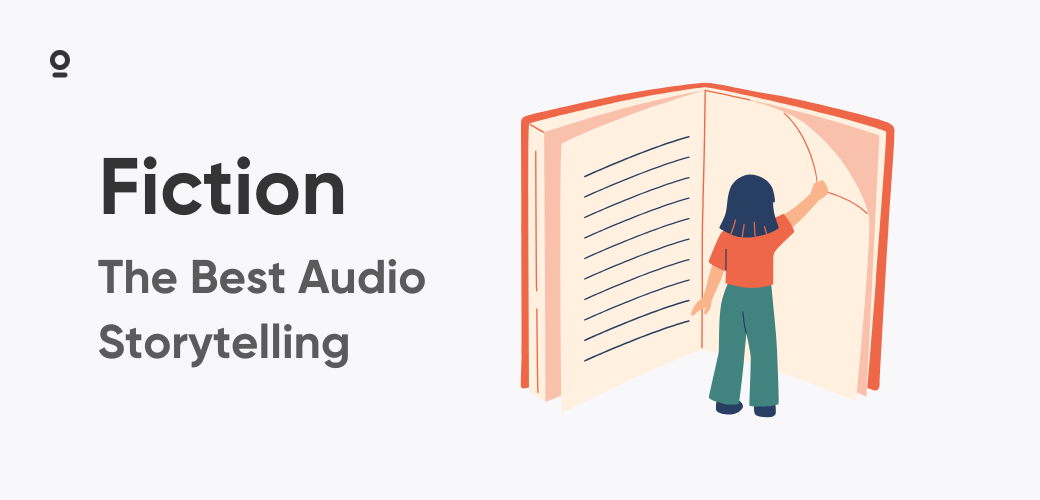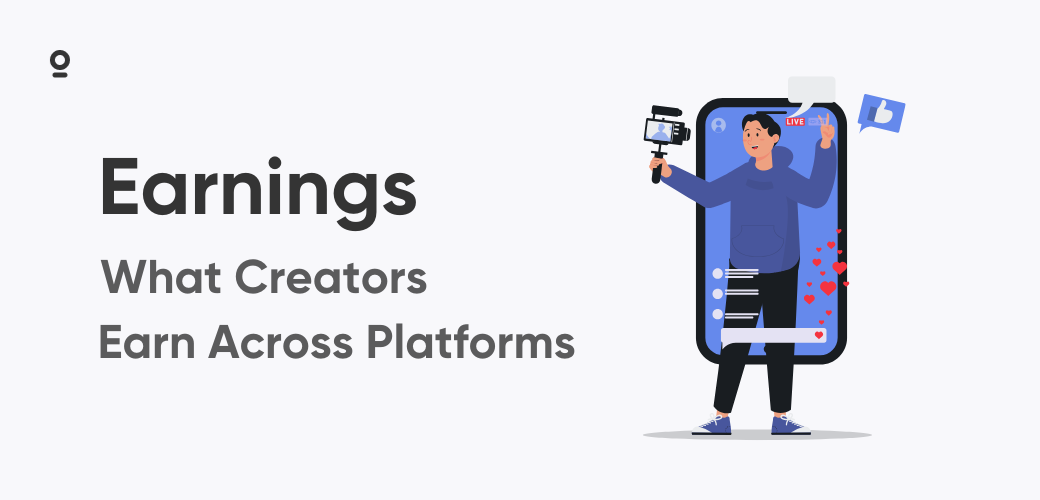The podcast universe exploded from roughly two million shows in 2021 to well over four million in early 2025, and monthly listening now tops half a billion people worldwide. Whether listeners watch or only listen, a podcast transcript now sits at the center of discoverability and accessibility. More than half of today's leading podcasts also publish video, so clean captions and the transcripts that power them have moved from nice‑to‑have to mission‑critical. Transcripts drive accessibility, search visibility, and long‑tail growth. The sections that follow show exactly why they matter and how any show can put them to work.
Accessibility: Inviting Every Listener Into the Conversation
Roughly 430 million people around the globe live with disabling hearing loss, and 37.5 million Americans fall into that group. Apple Podcasts brought automatic transcripts to iOS 17.4. Spotify rolled out its own captions soon after. These moves echo WCAG 2.1, which classifies transcripts as a base‑level need for audio content.
Legal signals point the same way. The National Association of the Deaf's 2021 lawsuit against SiriusXM, Stitcher, and Pandora argued that missing transcripts violate the Americans with Disabilities Act. Offering text copies shows respect for listeners and reduces liability for publishers. Accessibility also expands a show's cultural impact because transcripts help non‑native speakers and those in noisy workplaces keep pace with complex ideas.
SEO and Discoverability: Giving Search Engines Something to Read
Search engines still read, not listen. A single transcript often runs past 2 500 words, giving Google, YouTube Music, and Apple Podcasts a rich trove to index. Structured data furthers that reach. Adding the <podcast:transcript> tag in an RSS feed links text directly to the episode file. Applying PodcastEpisode schema on a website lets search crawlers surface exact timestamp snippets in featured results. YouTube automatically captions and can auto‑translate many languages, broadening reach for viewers who prefer another tongue. Inside Apple Podcasts, listeners tap any sentence to jump to that moment, boosting retention and replay value.
Content Repurposing: Turning Dialogue Into a Multimedia Engine
A podcast transcript is more than a record; it is raw material waiting to be mined. Show teams break long interviews into bite‑sized quotes for Twitter or LinkedIn, then reformat highlights into threaded posts or carousel graphics. Newsletter editors pull key paragraphs to tease upcoming episodes, driving both open rates and downloads. On YouTube, a well‑timed caption keeps scrollers hooked, while TikTok clips with burned‑in subtitles play silently yet still convey value. Interactive transcript players on a website allow readers to click any sentence and hear the audio from that exact point, improving session duration and backlink potential. Writers compiling year‑end roundups can search the transcript archive for recurring themes, turning scattered insights into cohesive trend reports.
Choosing the Right Transcription Path
Professional human services such as Rev or GoTranscript reach about 99 percent accuracy within one to two days and cost 80 cents to 1 dollar 50 per audio minute. They make sense when legal precision, medical terminology, or dense jargon demands spotless text.
Automated tools, led by OpenAI Whisper, Sonix, and Otter, finish in minutes. Accuracy lands between 90 and 95 percent. Pricing ranges from six‑tenths of a cent per minute through Whisper's API up to 25 cents on feature‑rich platforms, ideal for roundtables, tutorials, and news recaps.
Hybrid workflows combine both. Start with automation, then add a quick proofread to lift clarity up to 99 percent. Turnaround stays short, and cost fits comfortably in the middle. Live events can layer in captioners who provide real‑time text for streaming, while archived audio receives a polished transcript later. Multilingual shows often rely on Whisper for a base layer, then pass translations to native editors who fix idioms and region‑specific terms.
Narrative series frequently treat transcripts as internal production assets. Editors read the entire script, flag pacing issues, and confirm factual statements before mastering audio. Hobbyists can run Whisper locally for pennies. Corporate teams lean toward managed platforms that promise SOC 2 compliance, purpose‑built dashboards, and audit trails. The goal: match workflow to real‑world needs so quality scales without draining energy or cash.
When choosing, weigh privacy guarantees, speaker labels, output formats, and how smoothly each option slots into editing pipelines already in place.
Zencastr's Integrated Transcripts: Speed, Privacy, and Zero Extra Fees
Zencastr generates time‑coded transcripts for every recording on any paid plan. Creator Plus and Pro tiers include unlimited English, French, German, Portuguese, and Spanish sessions. Imported audio also qualifies, drawing from post‑production credits bundled with each plan. Text comes out with timestamps, speaker labels, and is processed by Zencastr's own language model, so files never exit the platform. Because transcripts live inside the same dashboard as multitrack audio, teams can search dialogue, slip in chapter markers, and export cleaned captions in one place.
Key Takeaway
A well‑crafted podcast transcript opens content to wider audiences, satisfies search algorithms, and streamlines marketing. Modern automation, flexible hybrid services, and built‑in tools such as Zencastr's one‑click option make transcript creation painless. Publishers who bake transcripts into every release meet evolving accessibility mandates, gain a stronger foothold in global search results, and build reusable content libraries that pay dividends long after the episode drops. Thoughtful transcript strategy today keeps shows relevant tomorrow.







